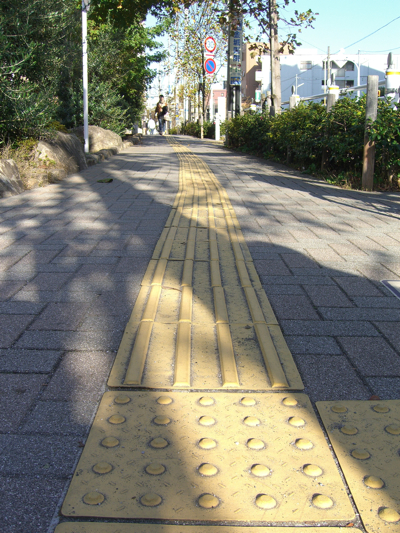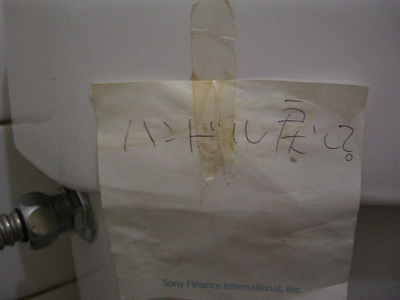I’ve got another article on the Japan Times Bilingual Page. Longtime readers will recognize the topic, as well as the little girl who hates bugs, from the contest I ran back in April 2008.
So, yes, いい is often used to say “no, thank you” and imply that something is not fine and not good, but it does also get used in the standard definition of good, fine, great. One way to differentiate between the meanings is applying a particle to the end. よ will grant permission to someone else, ね will express your pleasure with something and/or seek confirmation, よね seeks to confirm okay-ness, and ぞ is a useful way to cheer someone on.
When I was on JET, we coached the speech contest kids, and I have vivid memories of one of the Japanese English teachers saying いいぞ、いいぞ in a slightly gruff voice when the kids did a particularly good job. It was kind of like “attaboy, attaboy” or “now you’re cookin’ with gas” – that type of thing. Definitely a nice little phrase to keep in your wallet for the right situation.
Quick TOP SECRET breakdown of possible English tone equivalents (as usual, getting used to it is far superior to translation):
いいよ – “Sure, go ahead”
いいね – “That’s nice!” “That sounds good!”
いいよね – “Not a problem, right?”
いいぞ – “That’s the stuff!”
Update:
Dammit, I missed a bunch of particles, as noted in the comments by Leonardo. They are:
いいな – “Lucky! (a la Napoleon Dynamite)” “That’s nice!”
いいわ – “Sure thing.”
いいわよ – “Sure thing, hot stuff.”
いいけど – “I guess…”
いいけどね – “T’were it only true…”









